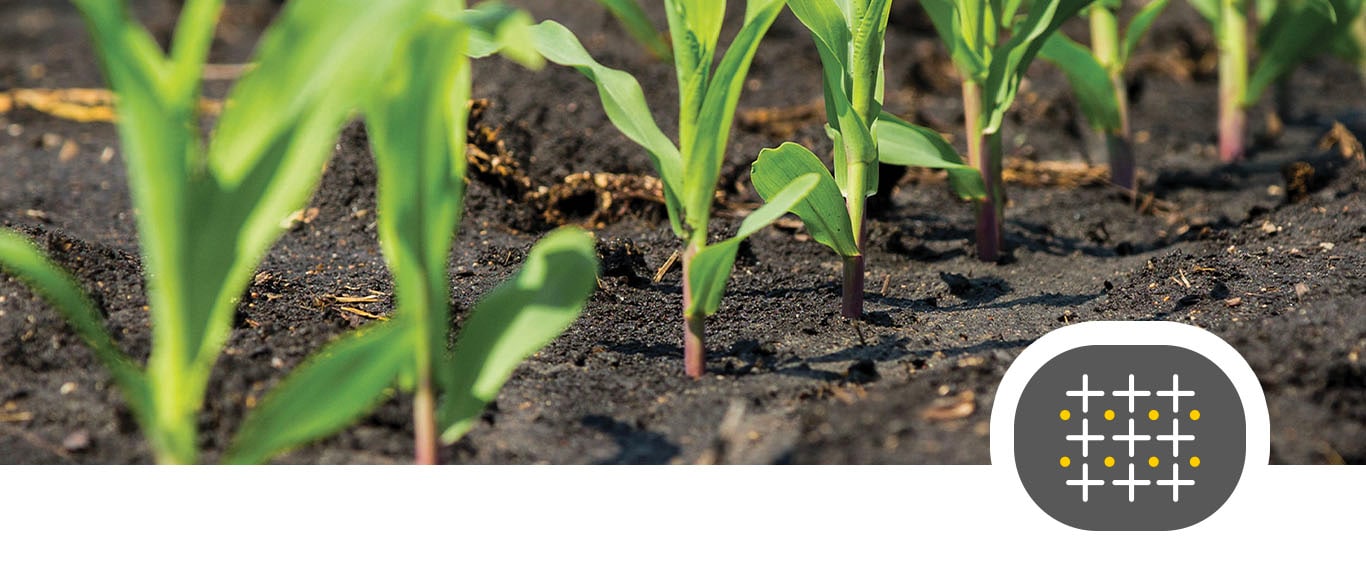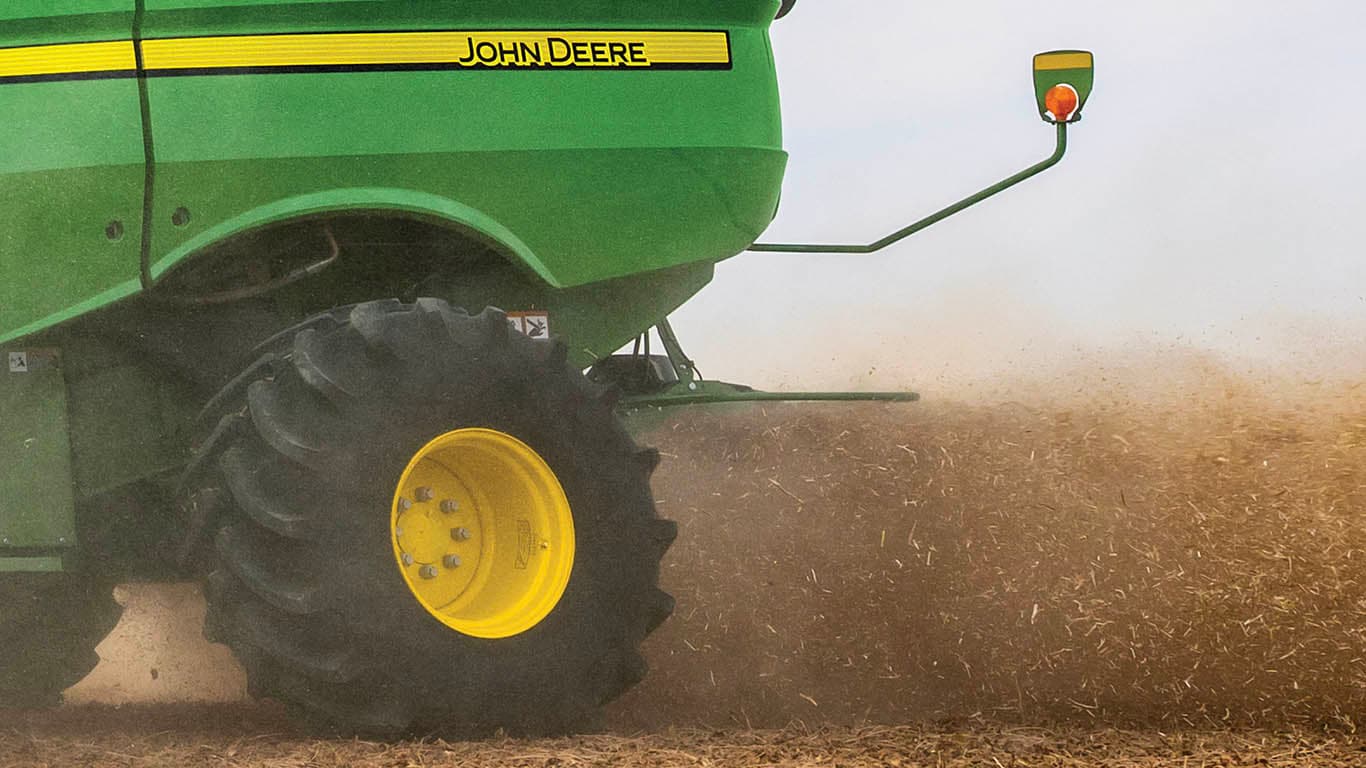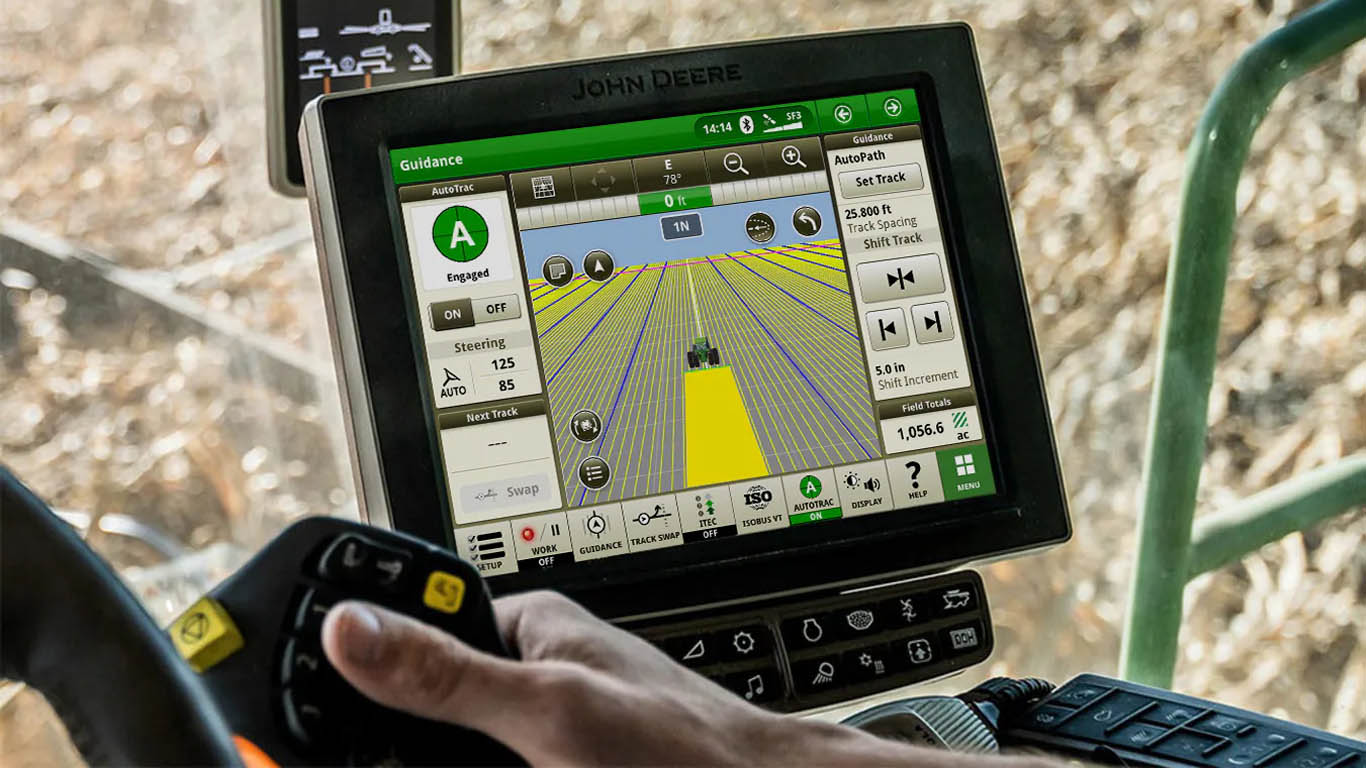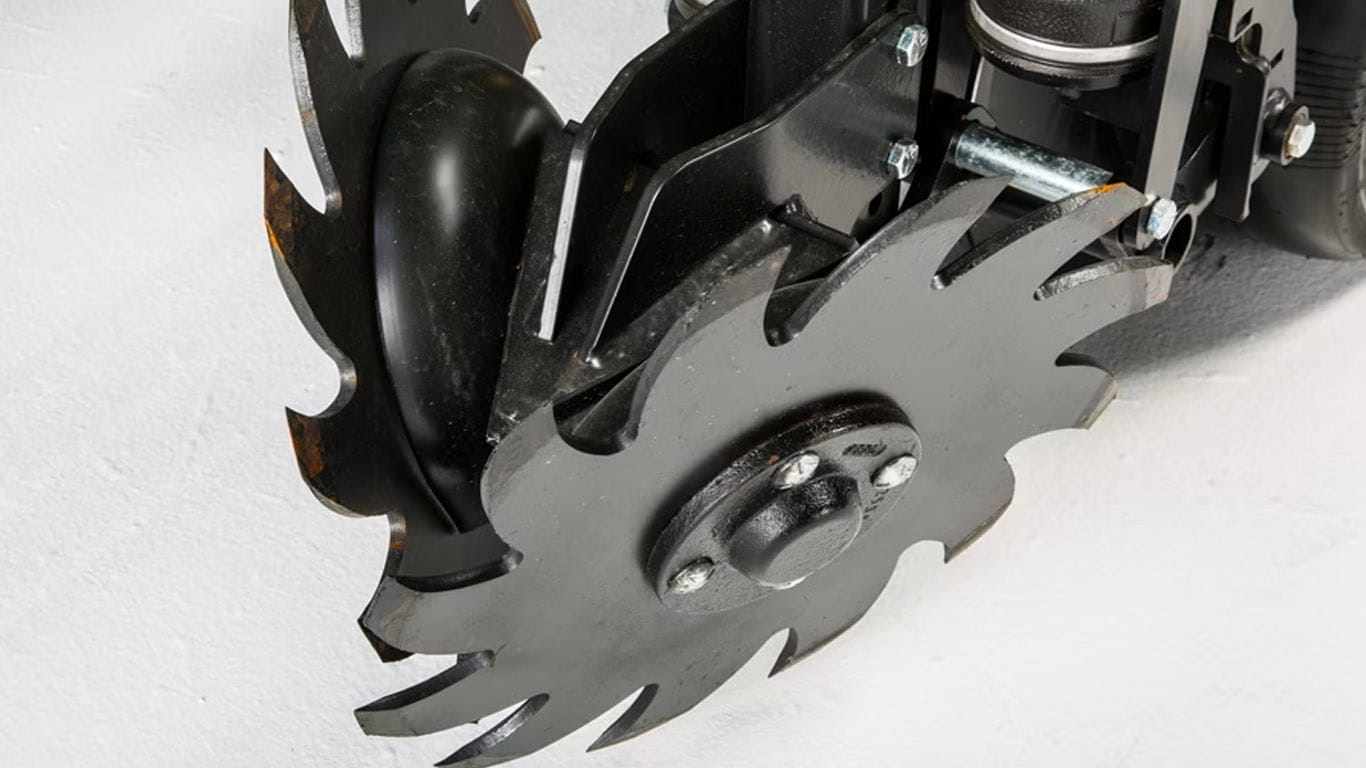Why does Uniform Emergence and Residue Management matter?

It always makes your heart happy to see that your plants have emerged, at the right time and at the right spacing. But will each of those plants effectively compete and reach their maximum yield? So how can you best achieve uniform emergence?

It Starts at Harvest
Uniform Emergence doesn't start with planting — it begins the fall before at harvest by ensuring leftover crop stubble is getting placed where it needs to be. When you evenly distribute residue with a spread pattern up to 50 feet, you set up a great foundation for achieving more uniform emergence. You can also minimize soil compaction by taking the guesswork out of which guidance lines to use. Even complex field shapes with curves, angles and terraces are no match when you harvest where your actual planted crop is. By focusing on even residue distribution and limiting soil compaction, next season's plants will have a greater chance of emerging. And after you've finished harvesting the field, focus on seed-to-soil contact by ensuring leftover crop stubble is getting buried and nutrients are being placed back into the soil.
Planting Season
Once planting season begins, you can build from that foundation. Delays in planting can result in a 5-9% yield loss1, but uniform emergence has shown to have the largest impact on yield at planting. So how can you deal with these yield robbers? Through accurate seed placement, planting at higher speeds, removing residue from the seed trench, and improving overall seed depth by taking the shock out of each row unit.
Our row units have a 7% higher soybean survival rate2 compared
to other high speed row units.
Get started this fall
So if you’re ready to start improving uniform emergence year-round, take a look at what solutions John Deere has to help you get there. And stay tuned for more information on our agronomic solutions and test results.


